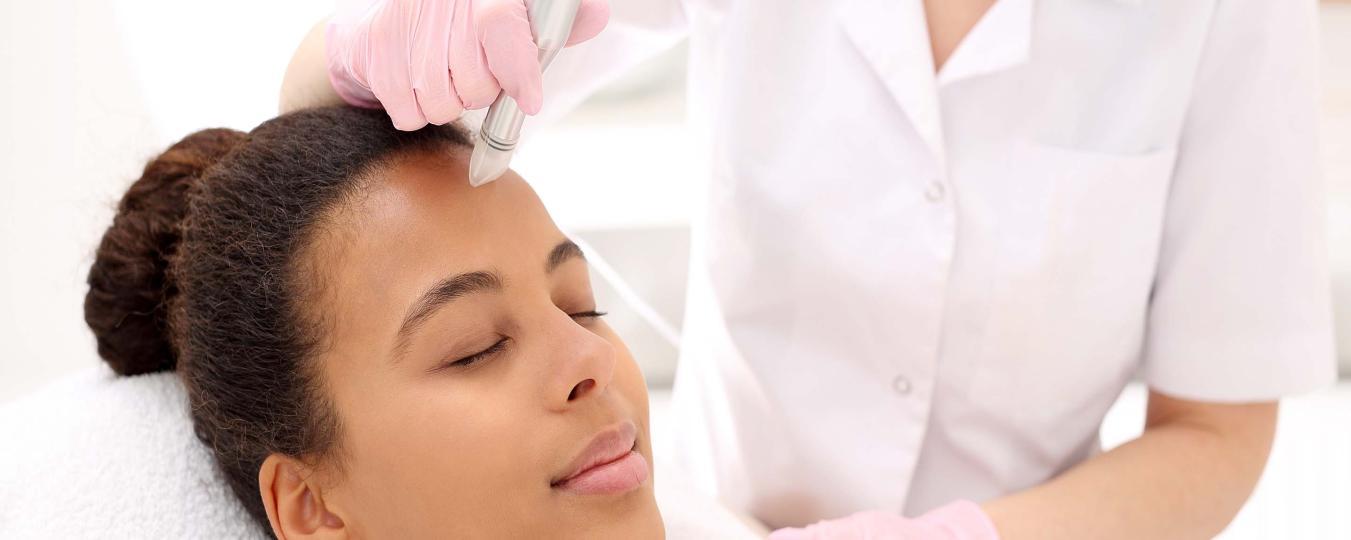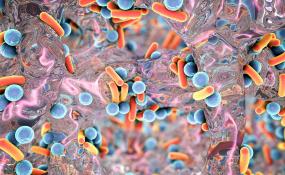Microneedling Beats Chemical Peels for Acne Scar Treatment
Chemical peels are a common treatment for acne scars, but a Rutgers study finds that microneedling is significantly more effective for patients with dark skin.
Babar Rao, a professor of dermatology and pathology at Robert Wood Johnson Medical School, and fellow researchers randomly assigned 60 patients with acne scars and dark skin — Fitzpatrick Skin Phototype IV to VI — to treatment with either 35 percent glycolic acid chemical peels or microneedling, both administered every two weeks for 12 weeks.
Microneedling is a cosmetic procedure involving tiny, sterilized needles that pierce the skin to stimulate collagen production and reduce scarring. Chemical peels involve applying a solution to the skin that removes the top layers.
Treatment produced an improvement of two points or more on the Goodman and Baron Scarring Grading System in 33 percent of patients who received chemical peels and 73 percent of patients who underwent microneedling.
“Based on the results of this study, patients whose darker skin precludes the use of stronger chemical peels, which can permanently discolor darker skin, should treat acne scars with microneedling,” said Rao, the senior author of the study. “For patients with lighter skin who can use stronger peels without risk of discoloration, chemical peels might still be the best option for some.”
Media Contact
Andrew Smith
[email protected]




